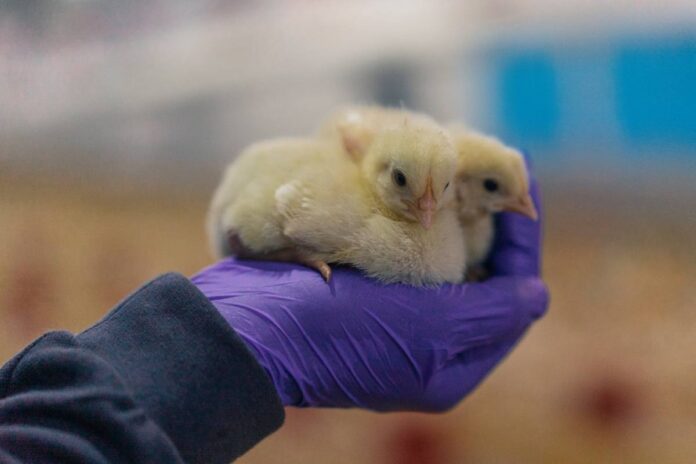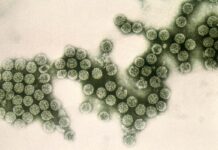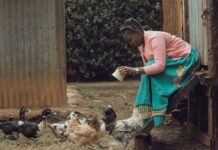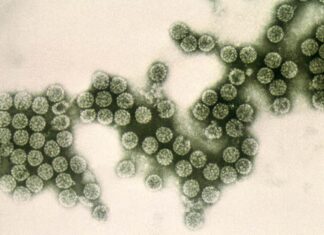
The latest report from the UK’s Animal and Plant Health Agency (APHA) confirms that Salmonella prevalence in poultry across Great Britain remains low, reflecting continued progress under the national control programs (NCPs) for breeding, laying, and broiler flocks.
Stable control in breeding flocks
In 2024, 10 adult breeding flocks on nine premises tested positive for Salmonella spp., a figure comparable to 2023 and significantly lower than the 17 recorded in 2022.
The estimated prevalence of all Salmonella serovars in adult breeding flocks stood at 0.87%, while regulated serovars — including S. Enteritidis, S. Typhimurium (and its monophasic variants), S. Infantis, S. Virchow, and S. Hadar — accounted for just 0.35% of flocks, well below the statutory target of 1% across all devolved nations.
All four flocks positive for regulated serovars in 2024 were broiler breeder flocks infected with S. Typhimurium (phage types DT75, DT193, DT2, and DT99).
Laying hens: prevalence remains below 2% target
The National Control Programme for laying flocks also met its objective of keeping regulated serovar prevalence below 2%. The report shows that S. Enteritidis and S. Typhimurium continue to be sporadic findings, with no indication of widespread persistence in the commercial layer sector.
Broilers show lowest infection levels
In broiler production, the prevalence of regulated serovars in 2024 was estimated at 0.03% (14 of 43,802 flocks), slightly lower than 2023 and unchanged from 2021–2022 levels. Most positive detections were recorded in Scotland (9 flocks) and England (5 flocks).
This continues the long-term trend of maintaining exceptionally low levels of regulated Salmonella in British broiler operations, supported by strong biosecurity, monitoring, and hatchery hygiene measures.
Antimicrobial resistance remains low
From 1,523 Salmonella isolates tested in 2024, 78.6% were fully susceptible, and only 2.8% were classified as multidrug-resistant (MDR) — a stable figure compared to 2023. Resistance to highest-priority critically important antimicrobials (HP-CIAs) such as fluoroquinolones and third-generation cephalosporins remained rare.
The main resistant serovars were S. Kedougou, S. Ohio, and S. Idikan, consistent with previous years.
Emerging and unusual serovars monitored
Although the overall situation is stable, APHA noted a few developments.
After peaking in 2022, S. Infantis isolations decreased sharply to just 20 cases in 2024, a 67.7% decline year-on-year. The agency also reported the first-ever detection of S. Chester in chickens in Great Britain, alongside isolated cases of S. Berta, S. Bredeney, and S. Corvallis.
Salmonella Senftenberg isolations — often linked to hatchery contamination — continued their downward trend, with 10 isolations in 2024 compared with 22 in 2023.
Conclusion
The 2024 data underline the effectiveness of Great Britain’s integrated control and surveillance system for Salmonella in poultry.
Despite minor fluctuations and the emergence of occasional atypical serovars, national prevalence levels remain among the lowest in Europe, confirming the continued success of coordinated monitoring, vaccination, and biosecurity across the poultry supply chain.
















